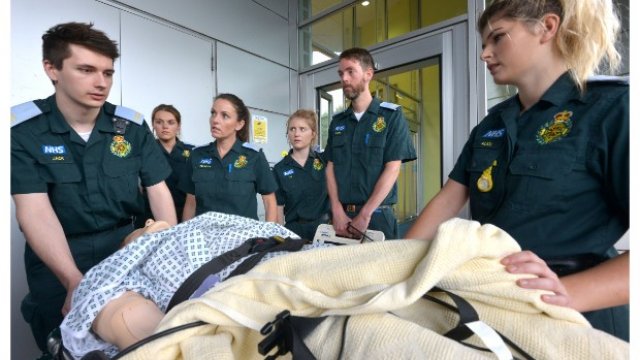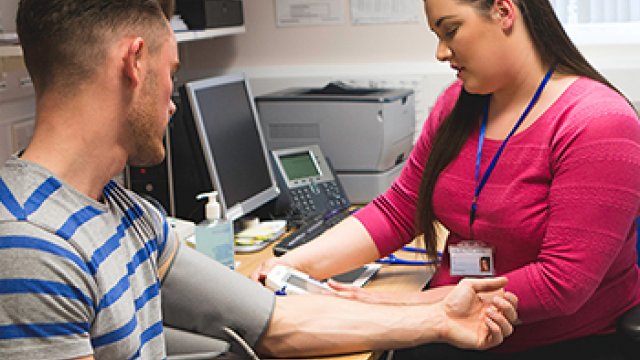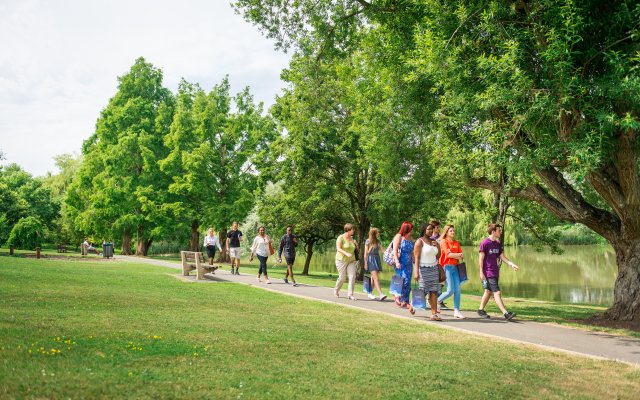School of Health Sciences
The School of Health Sciences is home to innovative research and inspiring and passionate staff. We offer a range of opportunities for students at all levels from undergraduate to postgraduate research.
Discover our research

Discover our research
Our vision is to be a world-class centre for healthcare research.
Events
Head of School
Professor Aimee Aubeeluck
Professor of Health Psychology, Head of School of Health Sciences
Aimee joined the School of Health Sciences in July 2024. She is a Professor of Health Psychology and Head of School.Aimee is both a Chartered Psychologist (British Psychological Society) and Registered Health Psychologist (Health and Care Professions Council). She has a BA (Hons) in Psychology, a MSc in Health Psychology and holds a Post Graduate Certificate in Higher Educ...
Who we work with
At the School of Health Sciences we have over 800 active partnerships. Our expert staff, students and alumni work with health care providers, government, corporate businesses, SMEs and the third sector to improve the delivery of health care nationally and internationally.
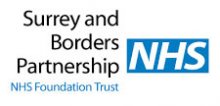
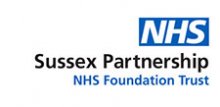



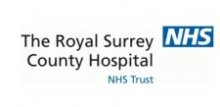





Stay connected
Latest tweets
@healthscisurrey

We’ve had an amazing and informative day of thought provoking discussions and exchanges at the launch of the Centre… https://t.co/lYQouiRPqH

Panel discussion on engaging communities and stakeholders in #ageingresearch with Prof #AndyKing @SurreySociology… https://t.co/SjtjczHkKp

Panel discussion on the opportunities and challenges for interdisciplinary in #ageingresearch Dr #NatalieRiddell Pr… https://t.co/iVRRqFVTMn

